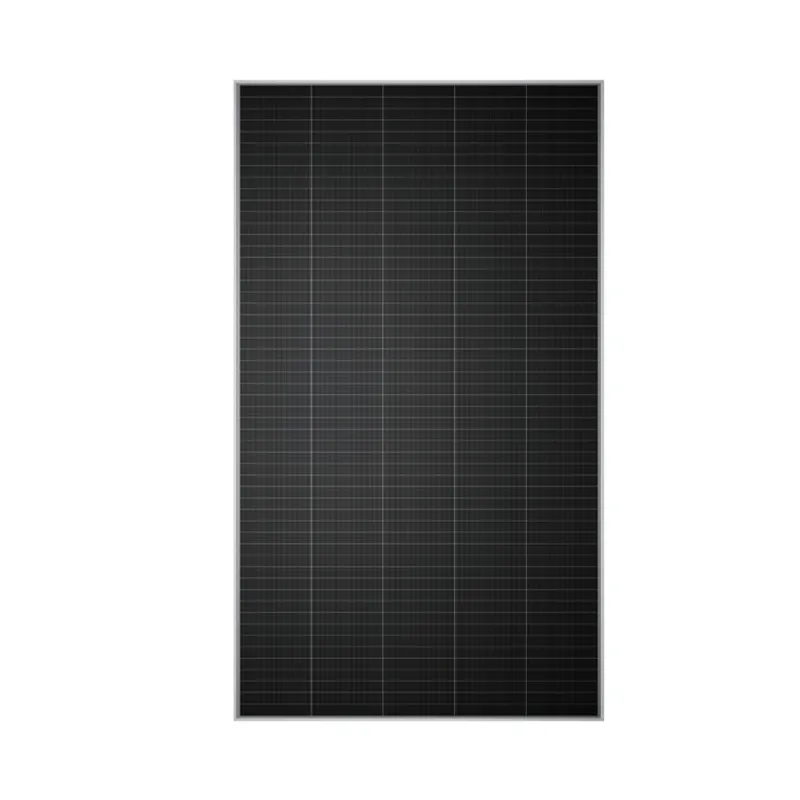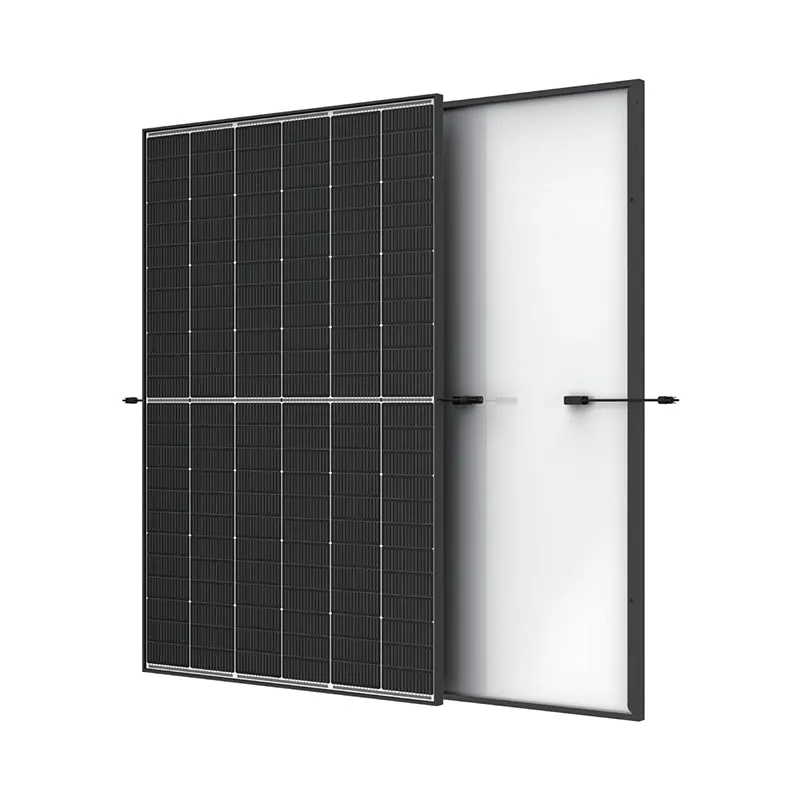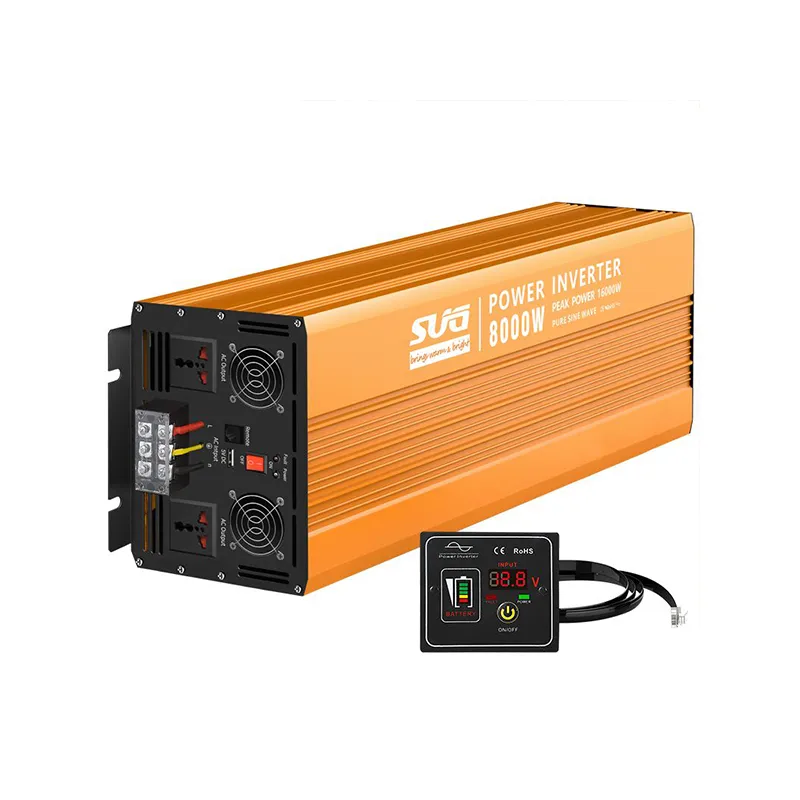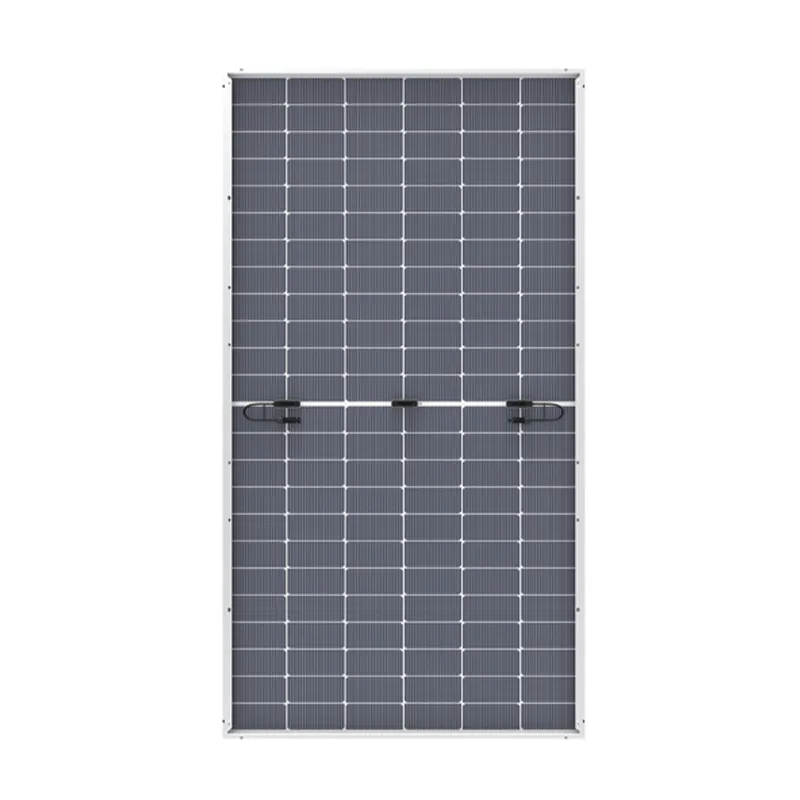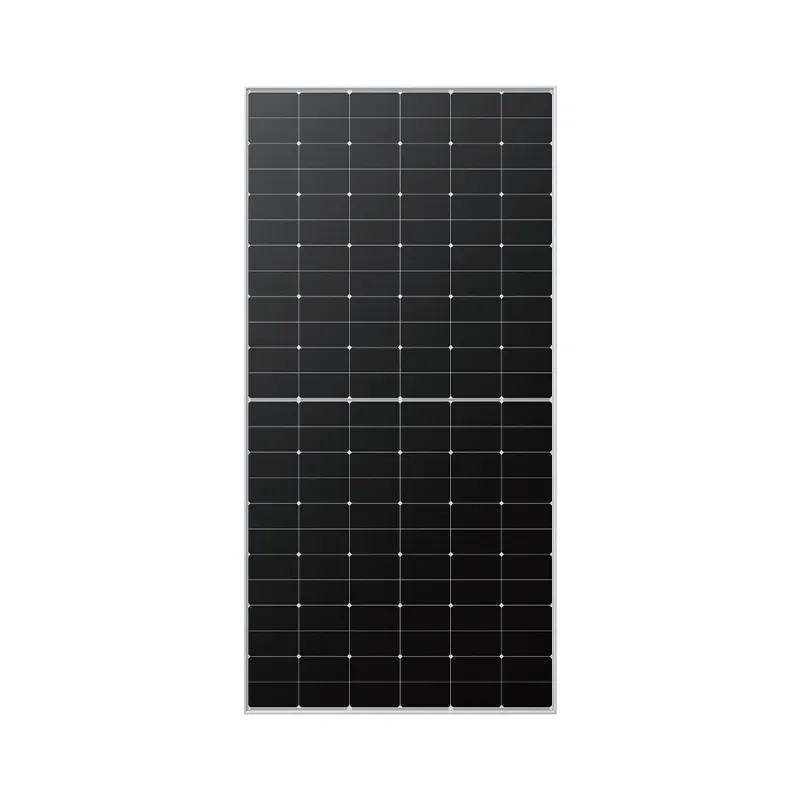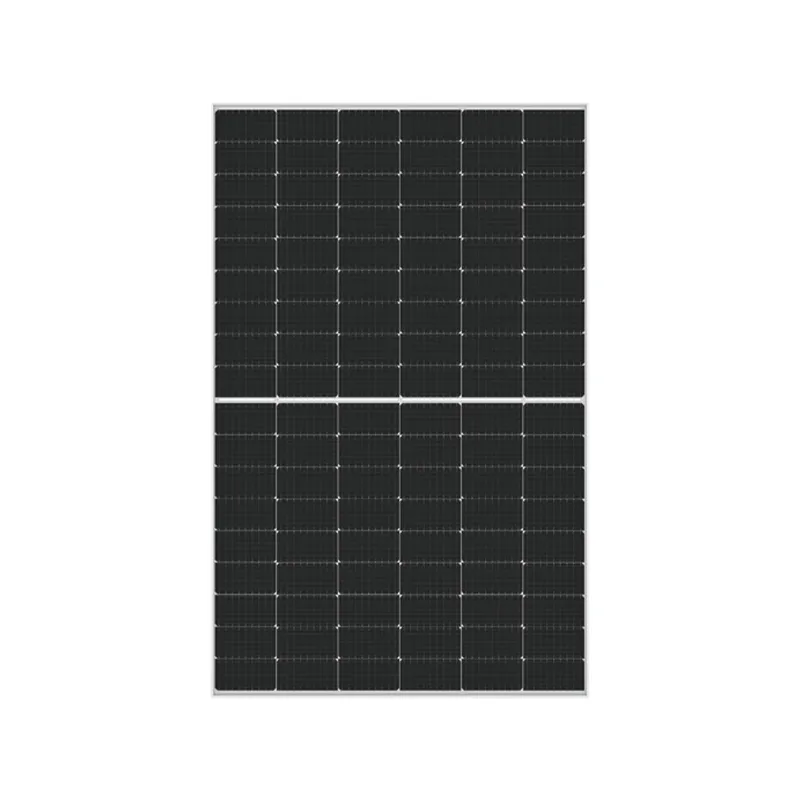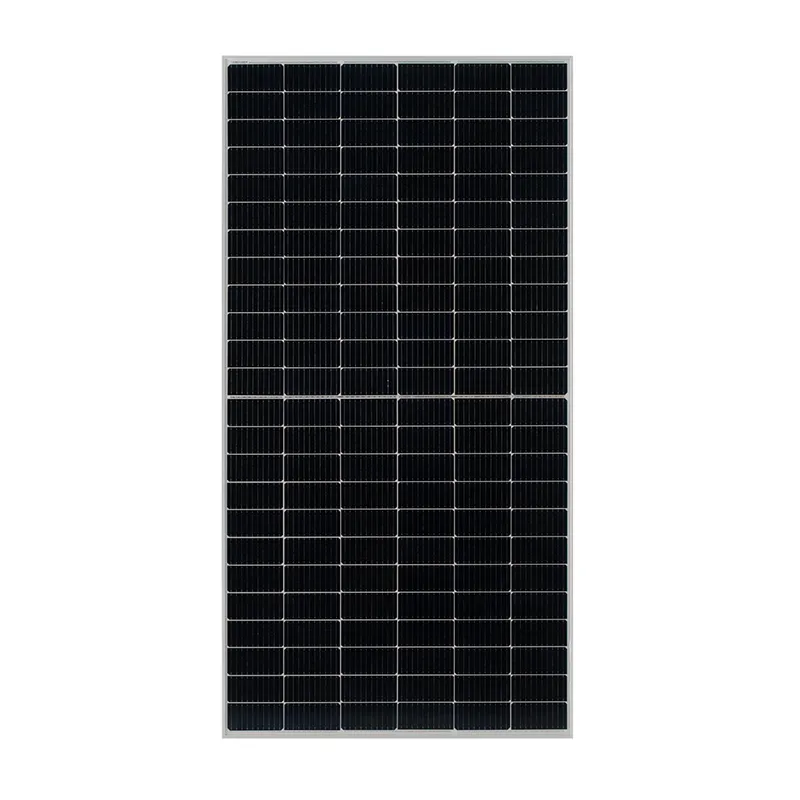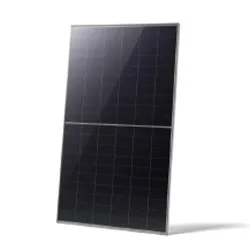10KW Inverter Charger – Efficient Solar Charger for Home & RV Power Solutions
- Introduction to inverter charger
technology and market trends - Core benefits and technical strengths of advanced inverter chargers
- Comparative analysis of leading manufacturers and product specifications
- Customization capabilities for industry-specific solutions
- Case studies: Real-world applications of high-power inverter chargers
- Integration strategies with solar charging systems
- Conclusion: The evolving role of inverter chargers in energy management
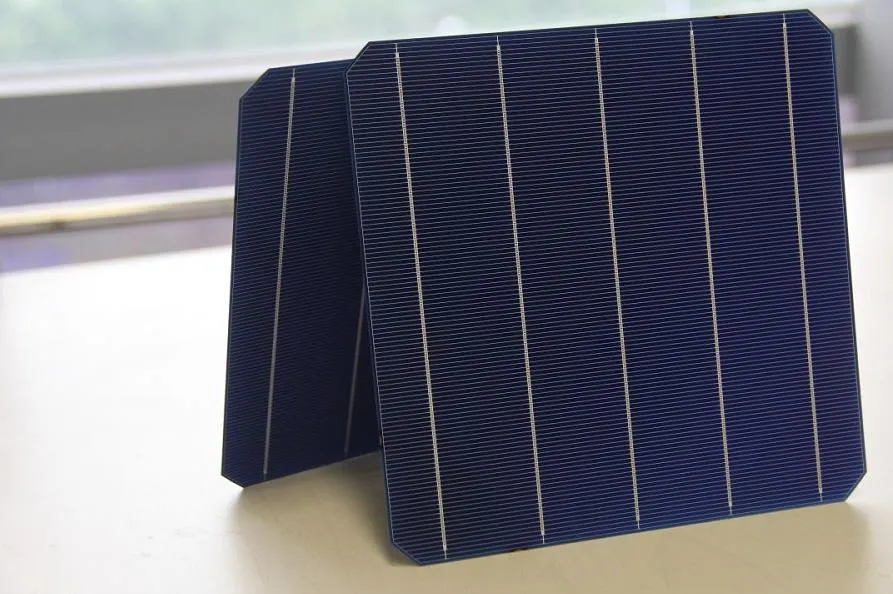
(inverter charger)
Introduction to Inverter Charger Technology and Market Trends
Over the past decade, inverter charger technology has evolved into a cornerstone of modern energy management, responding to increasing demand across residential, commercial, and industrial sectors. Recent data from the International Energy Agency (IEA) indicates that the global inverter charger market surpassed $5.2 billion in 2023, projecting a compound annual growth rate (CAGR) of 8.7% through 2028. The rise of renewable energy installations, increasing grid instability, and the electrification of transport have fueled this surge. Particularly, the 10kw inverter charger segment is witnessing rapid adoption, offering a balance of capacity and versatility for applications such as backup power supplies, off-grid solar solutions, and EV charging infrastructure. The integration of smart features and compatibility with solar charger modules are setting new industry standards, making inverter chargers pivotal to both sustainability and reliability in power systems.
Technical Strengths and Core Benefits
The latest generation of inverter chargers leverage advanced sine wave technology, integrated multi-stage battery charging, and dynamic power management. These devices seamlessly convert DC power from batteries or solar panels to AC power, ensuring stable voltage and frequency even under variable load conditions. Modern units such as all-in-one inverter charger systems achieve conversion efficiencies up to 97%, significantly reducing energy losses and operational costs. Importantly, advancements in firmware allow for remote monitoring, programmable outputs, and automated load prioritization, enhancing user control and maximizing battery lifespan.
One pivotal benefit lies in hybridized functionalities: inverter chargers with solar charger integration can simultaneously manage grid connections and renewable energy flows, supporting uninterruptible power supplies for mission-critical operations. For the growing 10kw inverter charger market, safety mechanisms—like temperature protection, surge suppression, and independent circuit isolation—address the stringent demands of telecom, data center, and healthcare installations. Enhanced cooling systems and silent operation are further technical improvements ensuring longevity and noise reduction, aligning with both industrial-grade and residential expectations.
Comparative Analysis of Leading Manufacturers
Selecting the right inverter charger depends on a thorough evaluation of manufacturer offerings, feature sets, and price-performance ratios. Below is a comparative table illustrating specifications and unique strengths among three market leaders:
| Manufacturer | Model | Max Power Output | Conversion Efficiency | Integrated Solar Charger | Smart Monitoring | Warranty | Retail Price (USD) |
|---|---|---|---|---|---|---|---|
| Victron Energy | MultiPlus-II 48/10000/140-100 | 10 kW | 95% | Yes (up to 250V) | Yes (Bluetooth, App) | 5 years | $3,200 |
| Schneider Electric | Conext XW Pro 6848 | 6.8 kW (stackable to 13.6 kW) | 93% | Yes (up to 250V) | Yes (Web portal) | 10 years | $2,950 |
| Growatt | SPF 10000T HVM | 10 kW | 97% | Yes (up to 450V) | Yes (WiFi/GPRS) | 5 years | $2,899 |
This comparison highlights not only efficiency and output, but also the integration capabilities with solar charging components and the growing importance of smart, connected infrastructure in inverter charger units.
Customization Capabilities for Industry-Specific Solutions
The diversity of energy applications—spanning from remote telecom towers to commercial complexes—demands flexibility in inverter charger configuration. Manufacturers are responding with modular architectures and tailored solutions designed for niche requirements. For instance, customizable battery charging profiles accommodate lithium-ion, AGM, and lead-acid chemistries with precise voltage and current regulation, supporting seamless integration with existing systems.
Application-specific input/output interfaces, including programmable relays, auxiliary generator start, and Ethernet connectivity, are increasingly standard on high-power models. For mission-critical sectors such as healthcare, custom firmware can prioritize essential circuits and provide diagnostic alerts via SMS or email. In solar farms and microgrid deployments, integration with distributed energy resource management systems (DERMS) ensures optimized charging schedules and real-time load balancing. Customizable aesthetics and weatherproof housings support installations in both urban and remote environments, affirming the versatility of modern inverter charger solutions.
Case Studies: Real-World Applications of High-Power Inverter Chargers
Case 1: Off-Grid Resort Electrification
A remote eco-resort in the Philippines installed a combination of Growatt SPF 10000T HVM inverter chargers with 45 kW of rooftop solar and 120 kWh of lithium battery storage. The system guarantees more than 18 hours of autonomous, grid-free operation per day, reducing generator fuel consumption by 70%. Operational data show an energy conversion loss of just 3%, underlining the system's efficiency and economic viability.
Case 2: Emergency Power in Healthcare
A mid-sized medical center in Texas implemented a 10kw inverter charger network by Victron Energy, supporting critical care units during frequent grid outages. The system's smart monitoring feature allowed hospital engineers to reduce manual oversight by 40% and cut loss-of-power incidents to zero over a 12-month period.
Case 3: Telecom Base Station Backup
Leading telco in South Africa retrofitted 200 rural base stations with Schneider Electric’s Conext XW Pro series, customized for hybrid grid and solar operation. System uptime increased to 99.98%, while maintenance calls dropped by 35%, demonstrating the reliability and scalability of such inverter charger deployments.
Integration Strategies with Solar Charging Systems
Maximizing the return on investment in solar energy depends heavily on seamless integration between inverter chargers and solar charger modules. Advanced systems synchronize photovoltaic (PV) inputs, battery storage, and AC loads, allowing real-time adaptations to solar irradiance, load demand, and grid conditions. Multi-source compatibility enables hybrid setups, blending grid, generator, and PV energy in the most cost-effective and reliable manner.
For enterprises targeting sustainability, smart algorithms optimize charging in alignment with peak solar generation hours, thus minimizing reliance on fossil-fuel backups. Some inverter chargers now provide App-based energy dashboards, offering users actionable data such as daily solar contribution percentages, battery state-of-charge analytics, and detailed event logs. The integration of maximum power point tracking (MPPT) technology within solar chargers ensures up to 30% higher yield from variable sunlight conditions, which is critical in regions with unstable weather patterns. Strategic planning for system expansion—such as selecting units with stackable architecture and interoperability protocols—future-proofs investments in both inverter and solar charger assets.
Conclusion: The Evolving Role of Inverter Chargers in Energy Management
The ongoing shift towards robust, distributed energy networks positions the inverter charger as a central node in intelligent power management. With technical breakthroughs fueling higher efficiency, better connectivity, and greater safety, these systems are enabling a wide spectrum of applications—from residential microgrids to large-scale industrial backup. Recent adoption trends underscore user preferences for integrated solar charger capabilities, data-driven maintenance, and modular scalability. As renewable energy penetration accelerates globally, the necessity for resilient and adaptive inverter charger infrastructure is indisputable. Investing in state-of-the-art solutions today not only enhances operational continuity and cost-effectiveness but also paves the way for a more sustainable, secure, and flexible energy future.
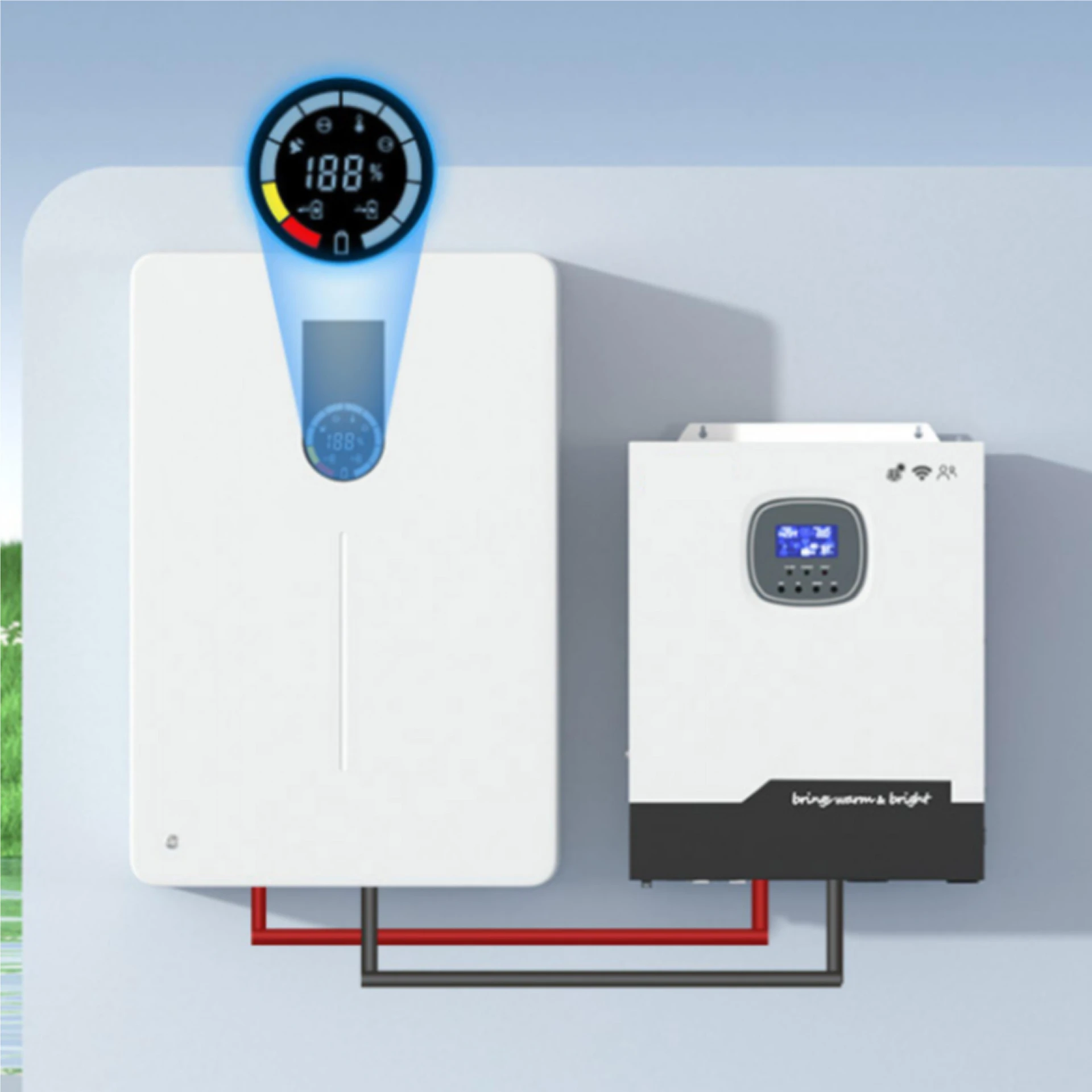
(inverter charger)
FAQS on inverter charger
Q: What is an inverter charger?
A: An inverter charger is a device that converts DC (battery) power to AC power and can also charge batteries when connected to the grid or a generator. It is commonly used in off-grid and backup power systems to provide seamless energy conversion.Q: What are the benefits of a 10kw inverter charger?
A: A 10kw inverter charger offers high-capacity power conversion and battery charging, suitable for larger homes, businesses, or solar applications. It supports running multiple large appliances simultaneously and efficient energy storage.Q: How does a solar charger work with an inverter charger?
A: A solar charger regulates the voltage and current from the solar panels to safely charge the batteries, while the inverter charger manages the use and storage of that energy. They often work together in solar power systems for optimal energy management.Q: Can an inverter charger work without solar panels?
A: Yes, an inverter charger can operate without solar panels by charging batteries from the grid or a generator. Solar panels are optional and add renewable energy charging capabilities.Q: What should I consider when choosing an inverter charger?
A: Consider the power capacity (e.g., 10kw), input/output voltage compatibility, battery type support, and any additional solar charging features. Ensure it matches your required loads and desired energy sources.-
Unlocking Energy Freedom with the Off Grid Solar InverterNewsJun.06,2025
-
Unlock More Solar Power with a High-Efficiency Bifacial Solar PanelNewsJun.06,2025
-
Power Your Future with High-Efficiency Monocrystalline Solar PanelsNewsJun.06,2025
-
Next-Gen Solar Power Starts with Micro Solar InvertersNewsJun.06,2025
-
Harnessing Peak Efficiency with the On Grid Solar InverterNewsJun.06,2025
-
Discover Unmatched Efficiency with the Latest String Solar InverterNewsJun.06,2025
